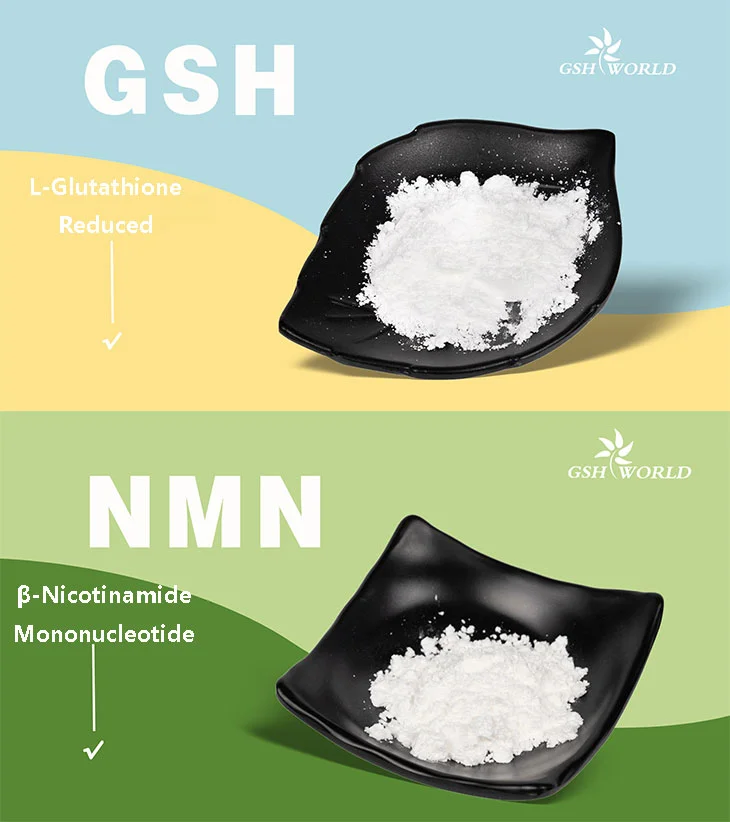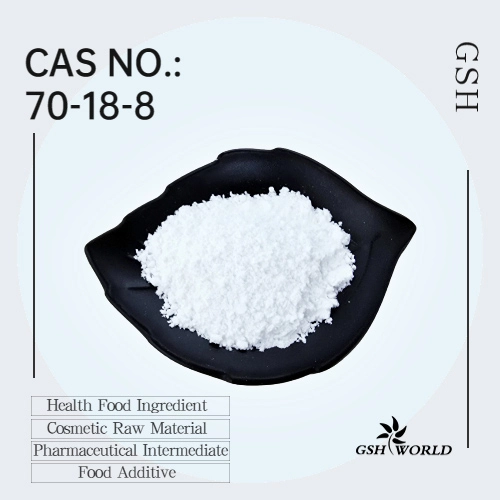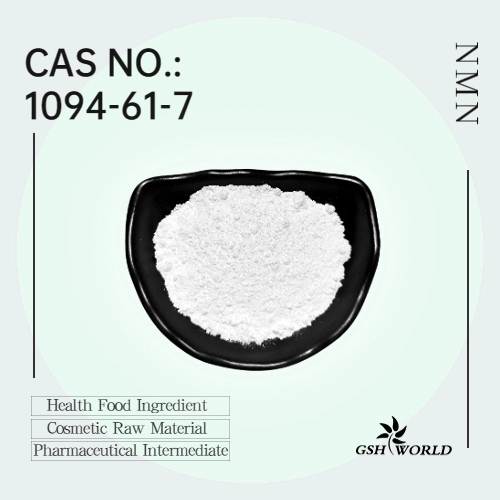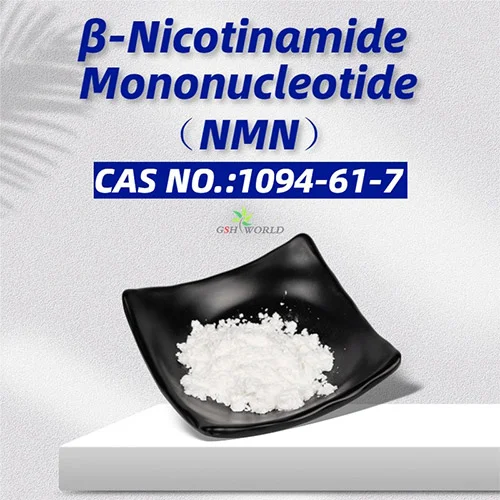Effects of NMN on the eyes
As age increases, the risk of dry eye, macular degeneration, glaucoma, cataracts, retinal detachment, and eye diseases caused by diabetes, hypertension, etc. will greatly increase, and in severe cases, blindness may occur.
Take macular degeneration as an example, which is the main cause of blindness in the elderly. Data show that 20-30% of people over 75 years old in developed countries are troubled by macular degeneration. It is expected that the number of patients worldwide will reach 2.88 by 2040. 100 million.
In the final analysis, these eye problems caused by aging are related to the aging of cells. As cellular NAD+ levels decline, mitochondria become dysfunctional, and retinal cells die, making it difficult to sustain eye function.
So, will increasing NAD+ levels by supplementing NMN bring about improvement?
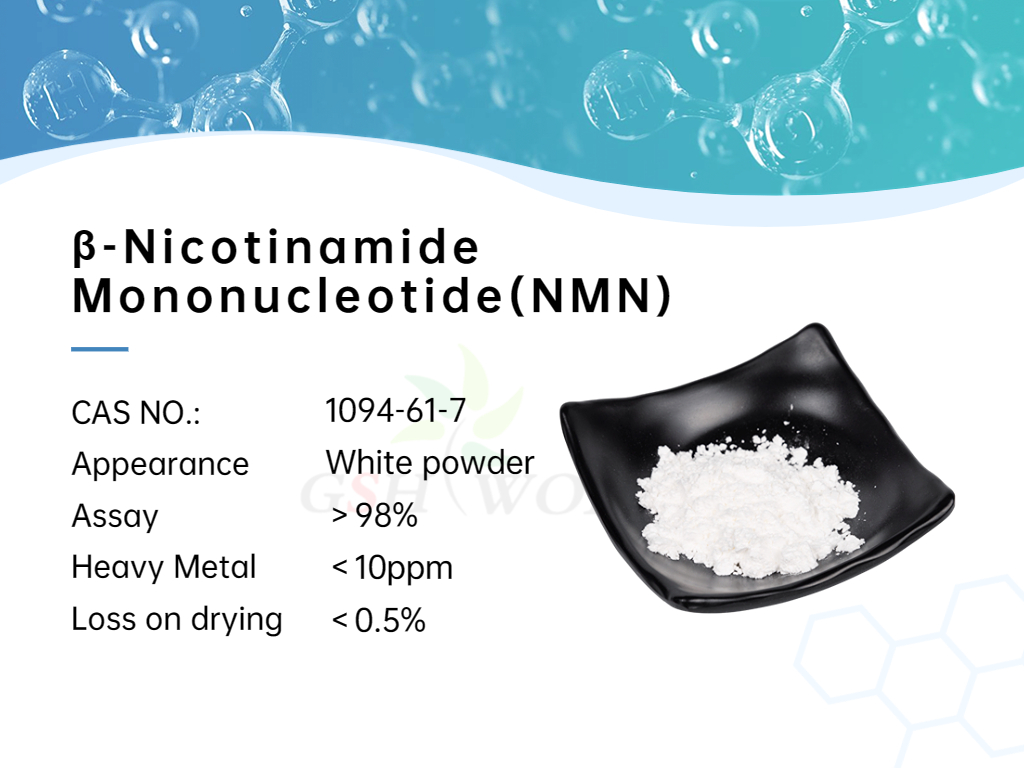
Shinichiro Imai's research team at Washington University in St. Louis discovered that NMN has multiple functions in improving metabolism and regulating immunity, among which is the improvement of eye function.
Due to genetic mutations, C57BL/6N mice are prone to develop light-colored fundus spots related to age. The 17-month-old mice in the control group have very obvious fundus spots. However, mice that took NMN 100 and 300 mg/kg daily for 12 months At the same dose, the fundus spots of mice in the NMN group were significantly reduced.
In addition, because tear gland function declines with age in both humans and rodents, the study also evaluated tear production in mice in the control and NMN groups and found that NMN increased tear production.
The University of Minnesota research team published research results: NMN helps to improve retinal mitochondrial function in the treatment of age-related macular degeneration (AMD).
Age-related macular degeneration is the main cause of blindness in the elderly. The key factor behind it is that mitochondria cannot work properly and cannot provide energy to the retinal pigment epithelial cells (RPE) responsible for vision, leading to the death of RPE cells. In this study, approximately half of the individuals experienced a 50%–350% improvement in mitochondrial function after NMN treatment, significantly increasing the production of ATP energy molecules, which in turn had a positive impact on eye function. And the onset of effect is very fast, reaching the peak effect within 24 hours after use.
A Harvard Medical School research team published research results in "Aging": NMN can significantly increase NAD+ levels, SIRT1 protein expression and heme oxygenase-1 expression, thus having a neuroprotective effect on photoreceptors after oxidative damage, and can inhibit retinal Further exacerbation of symptoms such as shedding. This has important implications for the prevention and treatment of visual impairment caused by age-related eye diseases.
After researchers fed 250 mg/kg and 500 mg/kg NMN to early-stage retinal detachment (RD) mice, they found that the number of photoreceptor cell deaths was reduced by 52.7% and 71% respectively.
In addition, the researchers also observed that NMN supplementation also inhibited retinal inflammation, reduced oxidative stress, and had a protective effect in the late stages of retinal detachment (RD).
*Special note - This article is for informational purposes only and cannot replace a doctor's treatment diagnosis and advice. It should not be regarded as a recommendation or proof of efficacy of the medical products involved. If it involves disease diagnosis, treatment, and rehabilitation, please be sure to go to a professional medical institution to seek professional advice.
by GSHWORLD
GSHWORLD is China Biological API Manufacturer. China NMN Supplements powder suppliers & best NMN benefits raw material Factory.


